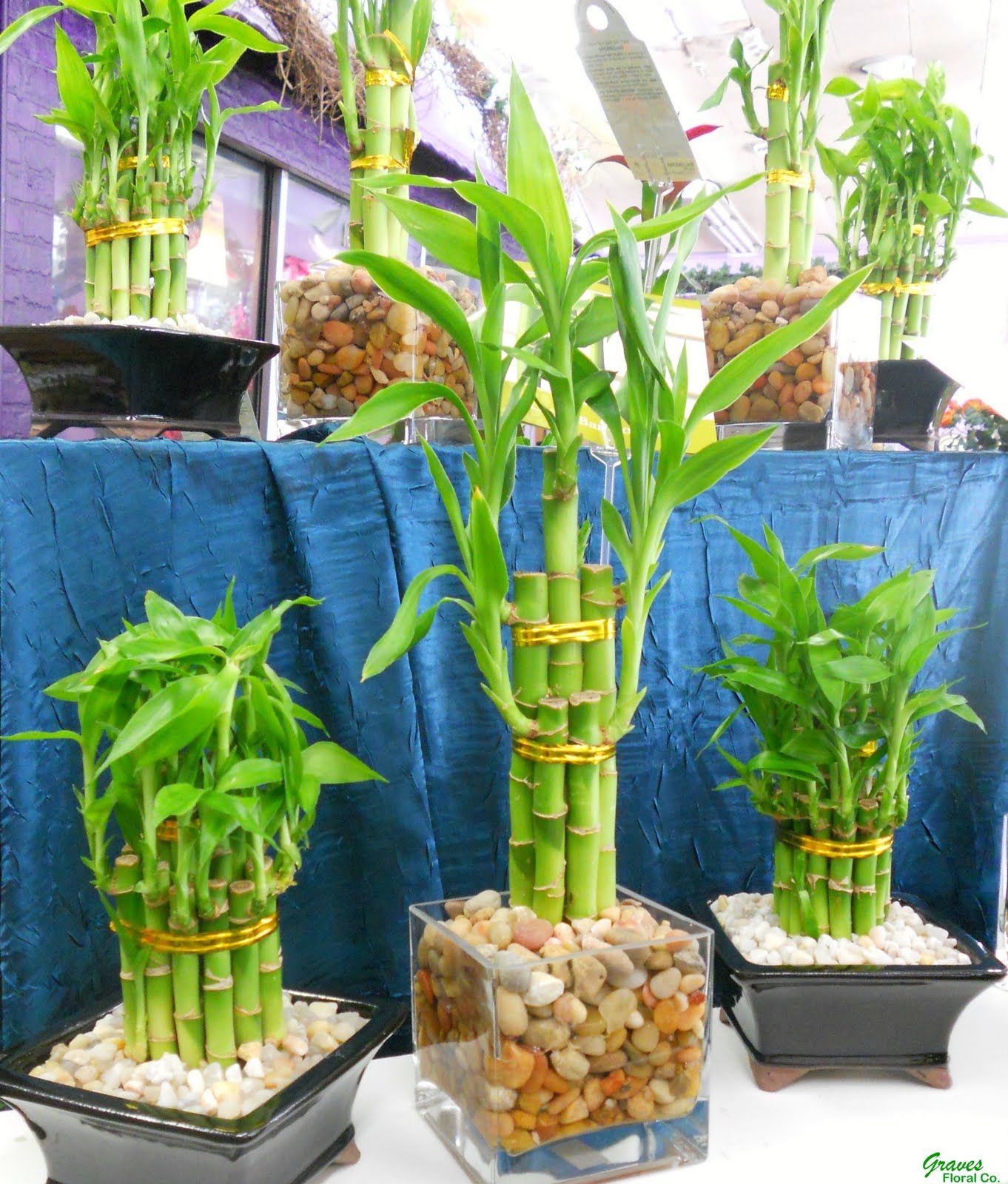
Water bamboo is classified as an ornamental plant. It looks the same as bamboo in general, except that it is small in size and can grow with water media. The end of this bamboo stick is tapered.
Water bamboo is often used to decorate a minimalist garden, be it around a pond or a fence. There are also those who put bamboo water in the dwelling on the basis of FengShui knowledge, where this plant is believed to bring happiness and prosperity to its owner.
Water bamboo plants will not lose prestige amid the popularity of other plants. Therefore, there is nothing wrong with presenting this type of bamboo at home. The residential atmosphere will be more natural and aesthetic. Well, instead of buying it, it’s better to just cultivate it yourself at home. Come on, find out how to cultivate water bamboo with us below!
Characteristics of Bamboo Water
Before discussing how to cultivate it, you first need to know the characteristics of water bamboo. This bamboo plant can grow to a height of three meters. The leaves are slender and grow in the area of the tube ring. The original habitat of this ornamental plant is in swamps and river banks, even sand that contains water. It is not surprising that this type of bamboo can be planted in water as well as soil.
Water bamboo plants are classified as strong plants. This means that they are resistant to viruses, plant diseases, and also pests. As a result, maintenance is easier.
3 Easy Ways to Cultivate Bamboo Water
Basically, water bamboo can be cultivated by three methods, namely by using water media, soil media, and cutting methods. These three methods certainly require different tools and materials. Instead of being curious, just check each method in detail below:
1. Planting Bamboo Water with Water Media
First, let’s discuss how to grow water bamboo with water media. Even though you use water, that doesn’t mean you can put it in the pool. This plant can actually rot if it gets too much water.
The right way is to prepare plant pots without holes whose purpose is to maintain the amount of water. Arrange the gravel and coral in the pot, then stick the water bamboo between the gaps of the rock so that it stands firmly. Then, pour the water 2-3 cm high.
2. Planting Bamboo Water with Soil Media
Well, for a method that uses soil media, you need to choose healthy water bamboo broodstock and fresh green stems. In addition, prepare the soil, compost, and a pot with a small hole.
And then, place the planting medium into the pot that has been prepared, then plug the bamboo water at a distance of 3 cm from each other. Water this plant regularly and make sure the soil moisture is well preserved!
3. Cultivation by means of cuttings
It’s time to cultivate water bamboo plants from your collection by means of cuttings. The best time to do cuttings is during the rainy season. This is because bamboo has a high moisture content.
First of all, make sure the age of the broodstock is in the range of one to two years. After that, choose a healthy stem and cut it 30 cm long. If so, dip it in plant hormones, then cover the top with wax and leave it for 24 hours.
While waiting, prepare a polybag filled with soil and compost. So, if it’s been 24 hours, put the bamboo pieces of water into the planting medium. Water every day until sprouts appear. However, don’t remove the shoot immediately. Let the shoots be in the polybag for one year. This is to ensure that the roots are fully grown and can continue to grow when transferred to a new pot.
Bamboo Water Treatment
Water bamboo planted using soil media needs to be watered every day. However, don’t overdo it because it can make it rot. If you grow it using a water medium, be sure to change the water every week. This is done to keep the water clean and prevent the presence of mosquito larvae.
If you find water bamboo culms that are drying or rotting, immediately remove the stems to prevent transmission to other culms. Don’t forget to put this plant in an area with sufficient sun exposure, OK!
How, it’s not difficult, right, cultivating bamboo water yourself at home? In order to appear more aesthetic, you can choose patterned or antique-shaped ceramic pots. Good luck and feel the natural and aesthetic residential atmosphere!
Leave a Reply